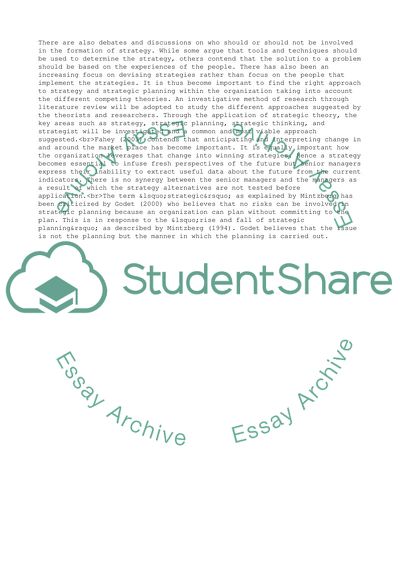Cite this document
(Strategy as Practice Research Paper Example | Topics and Well Written Essays - 3000 words, n.d.)
Strategy as Practice Research Paper Example | Topics and Well Written Essays - 3000 words. Retrieved from https://studentshare.org/management/1723037-strategy-as-practice
Strategy as Practice Research Paper Example | Topics and Well Written Essays - 3000 words. Retrieved from https://studentshare.org/management/1723037-strategy-as-practice
(Strategy As Practice Research Paper Example | Topics and Well Written Essays - 3000 Words)
Strategy As Practice Research Paper Example | Topics and Well Written Essays - 3000 Words. https://studentshare.org/management/1723037-strategy-as-practice.
Strategy As Practice Research Paper Example | Topics and Well Written Essays - 3000 Words. https://studentshare.org/management/1723037-strategy-as-practice.
“Strategy As Practice Research Paper Example | Topics and Well Written Essays - 3000 Words”, n.d. https://studentshare.org/management/1723037-strategy-as-practice.


